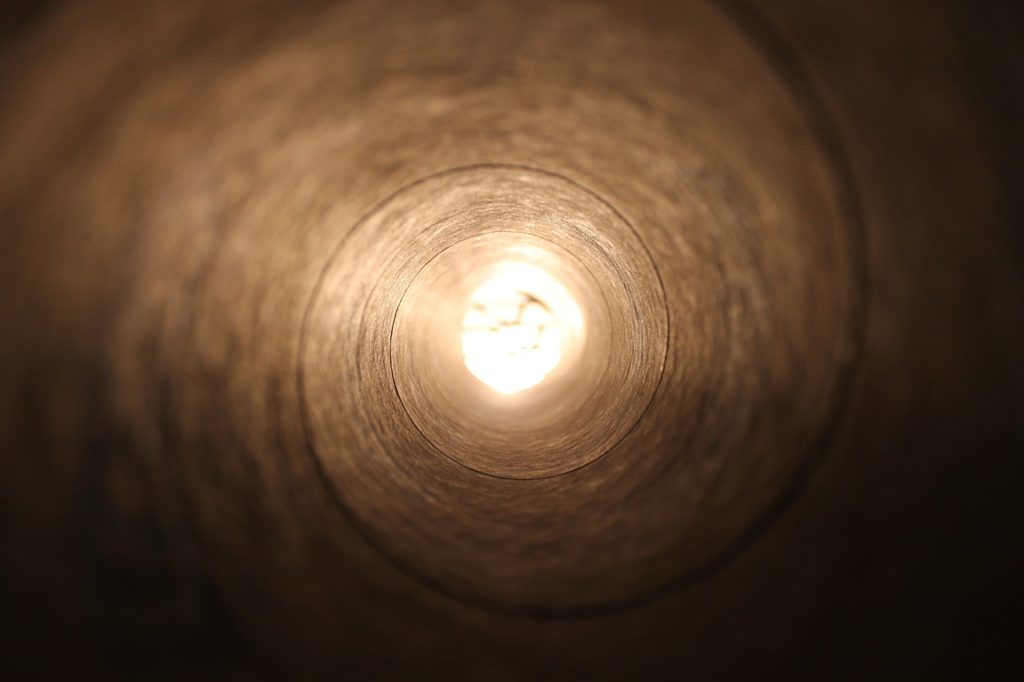
The pattern of Airflow in a Wind Tunnel: Simple experiment
Wind tunnels can be described as tubes that are large, with air moving inside. Researchers tend to use them to illustrate or learn more on how an object flies. For example NASA uses them to see how their rockets will fly in to space. In normal scenarios, wind tunnels can be like the buildings with huge air cons. While testing, different objects have their aerodynamic tested. Aircrafts have their ability to lift to the sky while others like bikes and cars have their ability to stay on the ground tested.
How to set up an experiment: Materials needed
- Fan
- Piece of balsa wood
- string
- Glue digital scale
- Clear plastic
- Duct tape
- Two clear paper sheets
- Box cutter
- Clean air filter
- Cardboard box
- Foam or light toy planes
- Procedure
- Opening both ends of the cardboard box
On one of the closed sides of the box, cut out a viewing window. This should be with the help of an adult
Put a clear sheet on the viewing window and secure it with a duct tape.
Take the fan and introduce it to one of the open ends of the box, facing inwards.
With a duct tape, put the air filter in front of the fan. This should be at one third distance of the box. The purpose of the filter is evening out the airflow
Take the scale and place it in the box in a way that the read out box faces the viewing window.
Tape a piece of balsa wood to the scale. This elevates the toy plane
For a light plane that can fly off the scale, just glue your string to the plane’s nose then tape it to the filter.
With the plane on the scale and its nose facing the fan, collect the lift data.
Record the data then turn on the fan
After a few moments take the plane’s weight again
Repeat on different fan speed and record data
Results
The data collected will prove that the faster the speed of the fan, the greater the lift. The numbers recorded will also show that the higher the lift of the plane, the lighter the weight recorded.
Explanation
In the initial reading, the weight recorded is mainly due to the force of gravity. By turning the fan on, the plane is lifted. The force applied in lifting is in the opposite direction of the gravitational force and thus, less pressure is exerted on the scale. On top of this, the structure of the object dictates how high it can be lifted. A hollow object is due to be lifted higher.
Structures like wings in planes and birds, also makes the lift force more efficient. The structure of the wings allows for pressure to be lesser at the top than the bottom, creating lift. This is supported by the fact that the air just flows over and under the wings.
Some of the objects are made in a way that pushes them more to the ground. An example is a car. It is structured with a great surface so that pressure can be exerted on it, resulting to more force which enables the car to stay on the ground.
